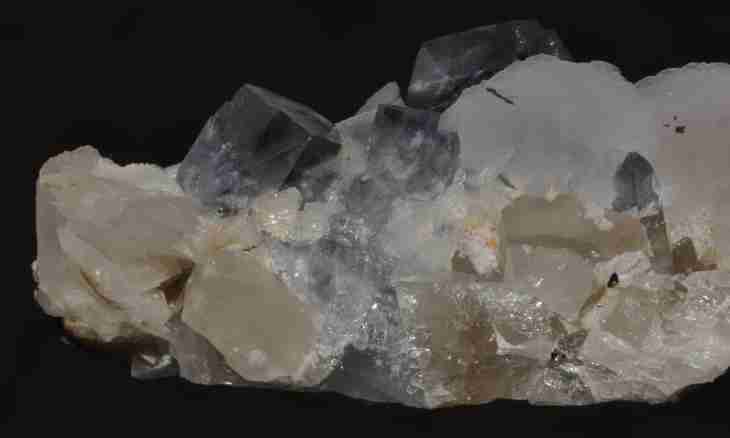Fluorine (the Latin name – Fluorum) – an element of the main subgroup of the VII group of the table of D.I. Mendeleyev, halogen. It has atomic number 9 and atomic mass about 19. Under normal conditions it is pale yellow diatomic gas with a pungent suffocating smell.
Instruction
1. Natural fluorine is presented by one stable isotope with atomic number 19. Also other isotopes of this substance, with atomic masses 16, 18, 20, 21 were artificially received. All of them are unstable.
2. The first compound of fluorine – CaF2 fluorspar, or fluorite, was described at the end of the 15th century under the name "flyuor". The Swedish chemist Karl Sheele in 1771 for the first time received fluoric HF acid. Existence of atom of fluorine was predicted in 1810, and in a free look it was allocated in 1886 by Henri Moissan during electrolysis of liquid waterless fluorine hydride.
3. A configuration of an external electron layer of atom of fluorine – 2s (2) 2p (5). In connections he shows constant oxidation level-1. In the periodic system of elements of Mendeleyev fluorine is in the second period.
4. Fluorine has the highest affinity to an electron and the greatest value of electronegativity among all elements – 4. It is the most active nonmetal. Fluorine boiling temperature - 188.14˚C, melting temperature – 219.62˚C. F2 gas density – 1.693 кг/м^3.
5. As well as all halogens, fluorine exists in the form of diatomic molecules. Energy of dissociation of molecule F2 on atoms is abnormally low – only 158 kJ, than the high reactionary ability of substance partly speaks.
6. Fluorine shows the highest chemical activity. It does not form connections only with three noble gases – helium, neon and argon. With many substances, both difficult, and simple, fluorine reacts directly. For example, water how often speak, "burns" in the atmosphere of fluorine: 2H2+2H2O=4HF+O2.
7. With hydrogen fluorine interacts very actively, with explosion: H2+F2=2HF.Poluchaemyy during this reaction HF fluorine hydride is beyond all bounds dissolved in water with formation of weak fluoric acid.
8. With fluorine the majority of nonmetals – graphite, silicon, all halogens, sulfur and others reacts. Bromine and iodine in the atmosphere of fluorine ignite at a usual temperature, and chlorine interacts with it when heating to 200-250˚C.
9. Oxygen, nitrogen, diamond, carbonic and charcoal gases directly with fluorine do not react. NF3 nitrogen trifluoride, fluorides of O2F2 and OF2 oxygen were indirectly received. The last connections – only in which the oxidation level of oxygen differs from usual for it (-2).
10. At weak heating (to 100-250˚C) with fluorine silver, rhenium, vanadium and osmium react. At more high temperatures fluorine begins to interact with gold, niobium, titanium, chrome, aluminum, iron, copper and others.

